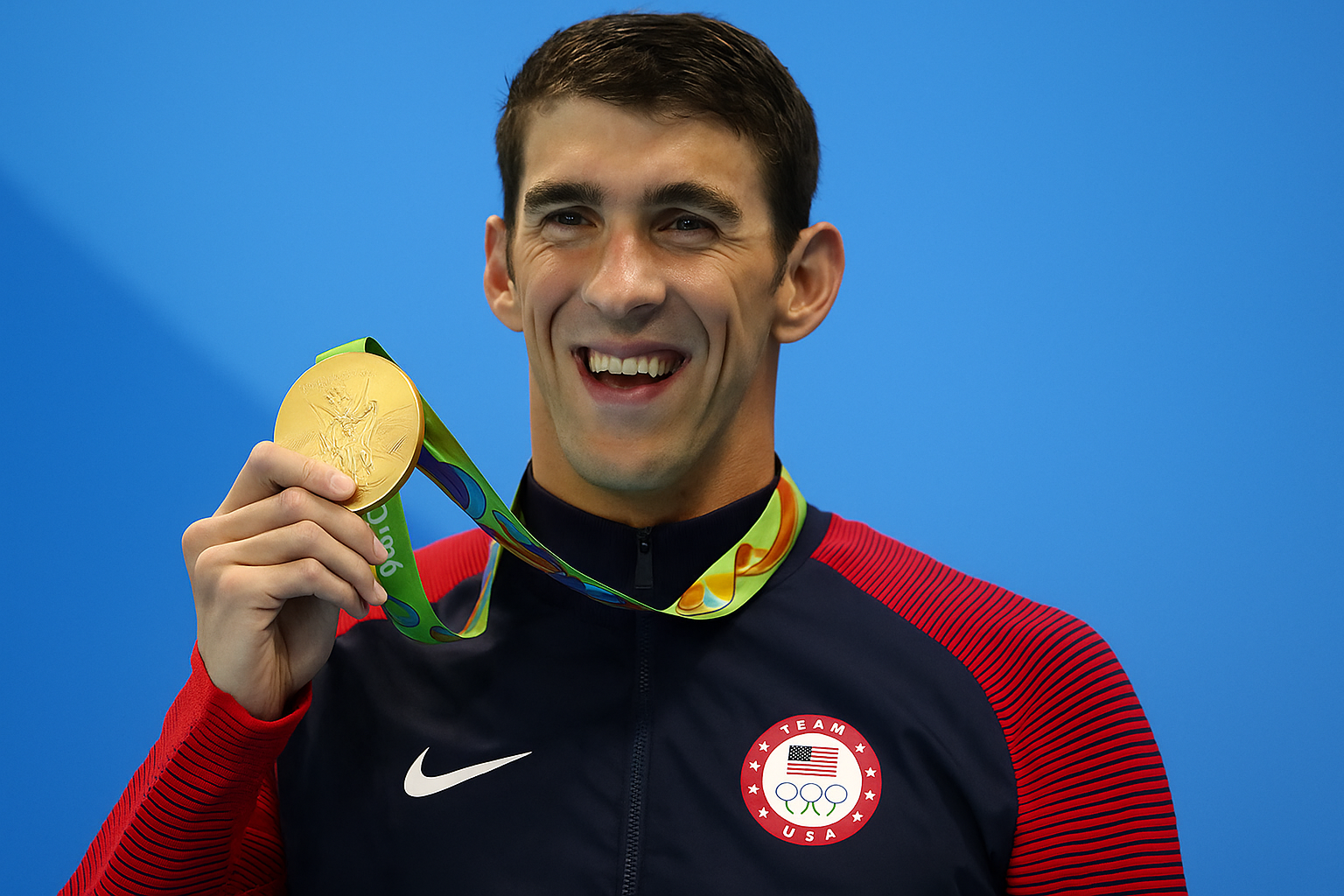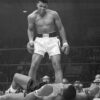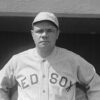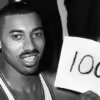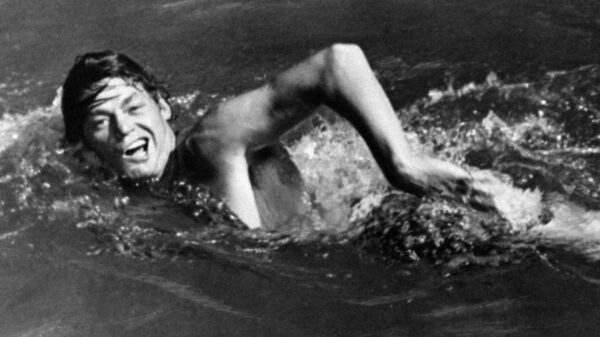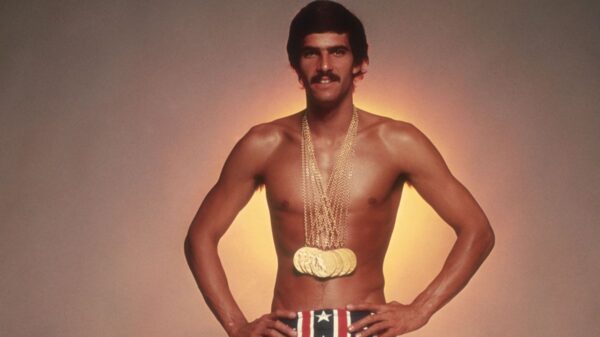The Legend in the Pool
Michael Phelps is more than just an Olympic swimmer—he is a global icon whose awe-inspiring performances redefined the limits of human athleticism. With a record-setting 28 Olympic medals, including 23 golds, Phelps has become synonymous with unparalleled drive, resilience, and mastery in and out of the pool. But what truly sets him apart from every other Olympian? While fans worldwide know about his medals and fierce rivalries, few are aware of the surprising secrets and strategies that propelled him to the pinnacle of his sport. In this deep-dive biography, we unravel the hidden factors, expert routines, and psychological tactics behind Phelps’s unprecedented success—offering insights and inspiration for athletes, professionals, and anyone aiming for elite performance.
Table of Contents
1. The Power of Visualization: How Michael Phelps Won Gold in His Mind
Phelps’s secret weapon wasn’t just physical prowess—it was mental conditioning. From a young age, he trained not only his body but also his mind. With the guidance of his coach, Bob Bowman, he developed rigorous visualization routines. Every night, Phelps would close his eyes and vividly imagine every detail of his races: the feel of the water, the roar of the crowd, the precise movements of each stroke.
How Visualization Fueled Olympic Performances
- Anticipating Every Scenario: Phelps ran through perfect races and unexpected mishaps, preparing for anything that could happen.
- Building Unshakeable Confidence: Visualization honed his focus, reducing anxiety and improving consistency.
- Turning Adversity into Advantage: In the 2008 Beijing Olympics, his goggles filled with water during the 200m butterfly final. Because Phelps had visualized this exact scenario, he counted his strokes and still clinched gold, setting a world record.
Actionable Takeaway:
Incorporate mental rehearsal into your routine—visualize not only your success but also the obstacles you may face. This tactic boosts confidence and resilience under pressure.
2. Relentless Practice: The 365-Day Training Principle
Michael Phelps’s training regimen is legendary in the world of swimming and beyond. Unlike most swimmers, Phelps rarely took a day off.
Why Did Phelps Train Every Single Day?
Phelps followed an intense program:
- 7 days per week, 365 days a year
- Double training sessions on many days
- Up to 80 km (50 miles) of swimming each week
- Complementing water workouts with weights, stretching, and strict nutrition
Bob Bowman’s Philosophy: The extra days in training sessions gave Phelps a critical advantage: by Christmas, he had put in an extra 52 sessions (compared to competitors who trained six days a week).
Swim Smarter: Learning from Phelps’s Consistency
- Progress compounds: Small daily improvements stack up, separating exceptional performers.
- Don’t skip the fundamentals: Even basic drills were part of Phelps’s routine, emphasizing the value of repetition and consistency.
Expert Tip: Consistency trumps intensity. Daily micro-commitments set you leagues ahead, regardless of your field.
3. Unique Physique: The Science Behind Phelps’s “Swimmer’s Body”
Michael Phelps’s anatomy is the subject of sports science fascination. While training and mindset were crucial, certain genetic traits also contributed to his edge:
What Makes Phelps’s Physique Ideal for Swimming?
- 6’4″ height but with a disproportionate wingspan (6’7″)
- Long torso for buoyancy and powerful core rotation
- Short legs decrease drag in the water
- Large hands and size-14 feet act like natural paddles and flippers
- Double-jointed ankles for increased flexibility
Data-Backed Winning Edge
A study published by the American College of Sports Medicine found that swimmers with greater arm span and flexibility had statistically faster times. Phelps’s unique build, combined with relentless training, helped him maximize every technical advantage.
Expert Insight:
While genetics matter, maximizing your unique strengths and working on your limitations creates your winning formula.
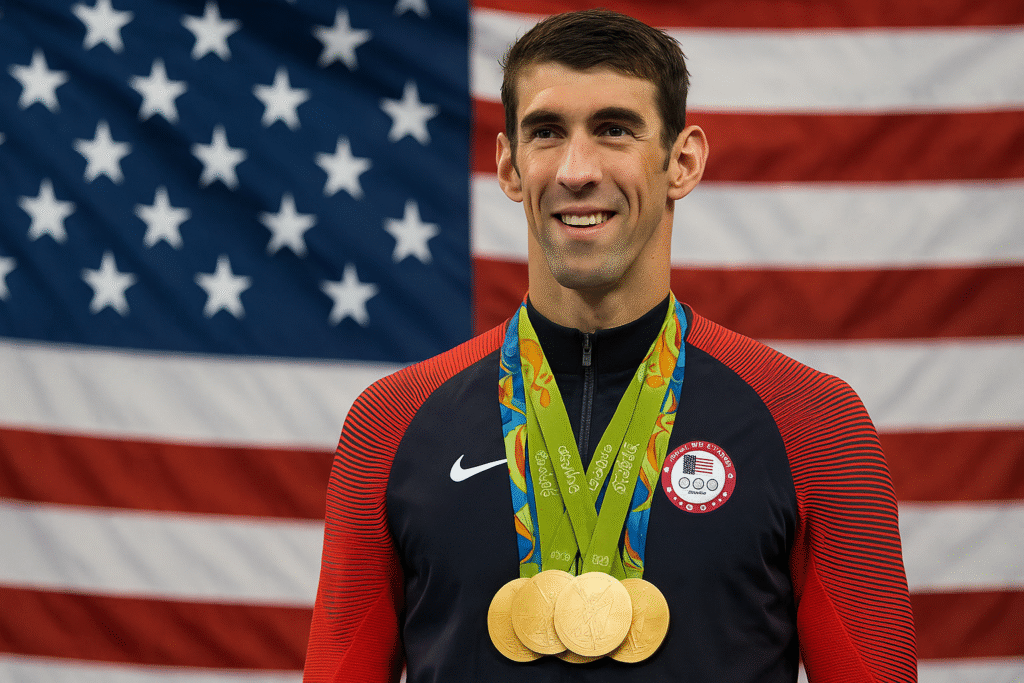
4. The “Phelps Diet”: Fueling the Champion Engine
Phelps’s famed diet became a viral sensation, with reports of him consuming up to 12,000 calories per day during his peak.
What Did Michael Phelps Really Eat?
- Breakfast: Three fried egg sandwiches, two cups of coffee, pancakes, French toast, and oatmeal
- Lunch: Pasta, ham and cheese sandwiches, energy drinks
- Dinner: More pasta, pizza, energy drinks
Myth vs. Reality: While the caloric intake was extreme, it was tailored to his training volume. Most importantly, his nutrition was tightly regulated to optimize recovery, energy, and output.
What Can We Learn?
- Match nutrition to activity: Elite performance requires personalized fueling strategies.
- Prioritize consistency and balance over extremes.
5. The Role of Support Systems: Coaches, Family, and Mental Health
Behind every Olympic legend is a powerful support network. For Phelps, this included his mother, coach, teammates, and later, mental health professionals.
How Did Michael Phelps’s Support System Drive His Success?
- Coach Bob Bowman: Provided discipline, accountability, and a vision of excellence.
- Family: His mother, Debbie Phelps, was a constant source of encouragement, especially during setbacks.
- Therapists and advocacy: Following public mental health struggles, Phelps credits therapy and advocacy for renewed purpose and longevity in his career.
Building Your Support Network
- Seek mentors who challenge you and believe in you.
- Embrace vulnerability: It’s strong to ask for help, not weak.
Key Statistic:
According to the American Psychological Association, athletes with strong support systems are 25% more likely to sustain peak performance over time.
6. Failure as Fuel: Bouncing Back from Setbacks
Many biographies gloss over failure—but Phelps credits his losses and off-pool struggles as pivotal. After a disappointing performance in the 2012 Olympics and publicized personal issues, Phelps faced depression, legal trouble, and media scrutiny.
How Did Phelps Turn Failure Into Success?
- Introspection: He took time off, sought therapy, and focused on his personal life.
- Goal-setting: Returned to the pool with renewed clarity for the 2016 Rio Olympics.
- Sharing his story: Became a prominent mental health advocate, helping break the stigma for athletes everywhere.
Action Steps for Turning Setbacks Into Setups
- Acknowledge the setback without denial.
- Seek support—from professionals, peers, or mentors.
- Reframe the experience into a learning opportunity.
Case Study:
Phelps’s comeback in 2016, where he added five gold medals at age 31, is a testament to resilience and growth through adversity.
7. Obsessive Attention to Technique: The Details Make the Difference
Phelps’s races were often won by hundredths of a second—less than the blink of an eye. His relentless focus on flawless technique and starts, turns, and underwater dolphin kicks set him apart.
What Training Methods Made Phelps Technically Superior?
- Underwater mastery: Covered more meters per stroke underwater than any competitor, capitalizing on speed off the walls.
- Split-second turns: Hyperspecific drills to perfect flip turns.
- Stroke efficiency: Video analysis and feedback loop with Coach Bowman.
Takeaways for Any Field
- Focus on the 1% improvements—small tweaks yield huge gains at the elite level.
- Analyze performance data for opportunities to refine skills.
Expert Advice:
Excellence comes down to perfecting the basics, then innovating around the edges.
Frequently Asked Questions About Michael Phelps’s Olympic Success
What Is Michael Phelps’s Medal Count?
Phelps has won 28 Olympic medals—the highest in history—including 23 gold, 3 silver, and 2 bronze.
How Did Michael Phelps Overcome Mental Health Challenges?
By seeking therapy, building a strong support system, and openly advocating for mental health, Phelps overcame depression and rebuilt his career.
What Training Regimen Did Michael Phelps Follow?
Intense daily workouts, year-round training, and an obsessive focus on technique and recovery defined his preparation.
Can Anyone Replicate Michael Phelps’s Success?
While natural ability plays a role, the principles of consistency, visualization, resilience, and support can be adapted by anyone striving for excellence.
The Blueprint of an Olympian
Michael Phelps’s journey reveals that true greatness is crafted at the intersection of innate talent, relentless discipline, mental fortitude, and continuous adaptation. The “secrets” of his success—visualization, unwavering training, unique strengths, smart nutrition, robust support, resilience, and technical mastery—offer a universal blueprint for anyone aiming to reach their personal gold medal moment.
You can follow us on our Facebook page


